Nerve Blocks and Neurostimulation in the Treatment of Migraine
- Peripheral nerve and sphenopalatine ganglion blocks are a safe, effective treatment option for headache disorders, including migraine, although the evidence remains mixed for chronic migraine prophylaxis.
- Neurostimulation has emerged as an effective treatment modality for migraine, with both noninvasive and minimally invasive options available.
- Safe, effective, and noninvasive neurostimulation therapies available for migraine include transcutaneous supraorbital nerve stimulation for prophylaxis and single-pulse transcranial magnetic stimulation for the acute treatment of migraine with aura.
- Occipital nerve stimulation may be effective for some patients with intractable chronic migraine, although the evidence is mixed and procedure-related complications are common.
- Noninvasive vagus nerve stimulation and implanted sphenopalatine ganglion stimulation are emerging treatment options that may be useful for both acute and prophylactic treatment of episodic and chronic migraine.
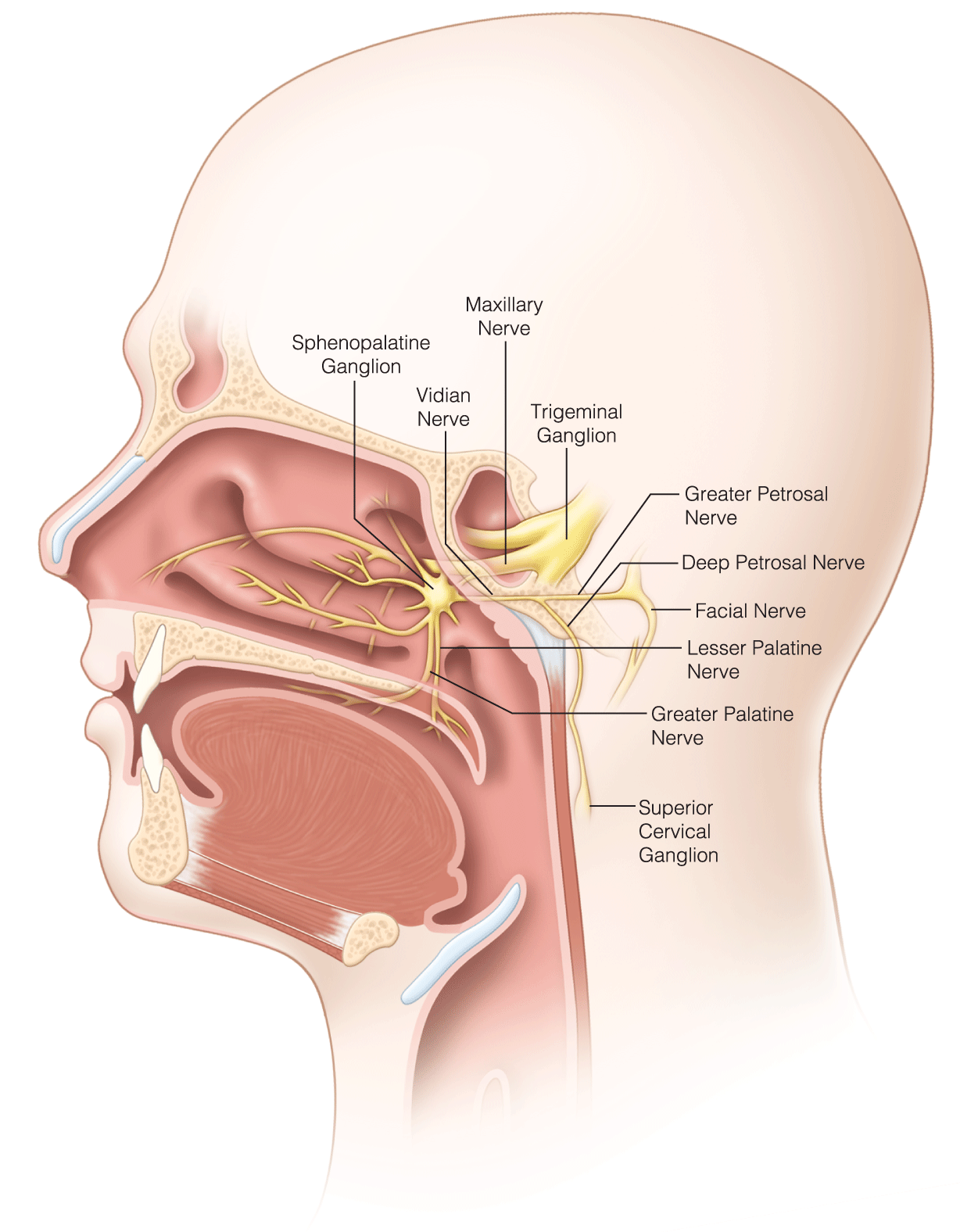
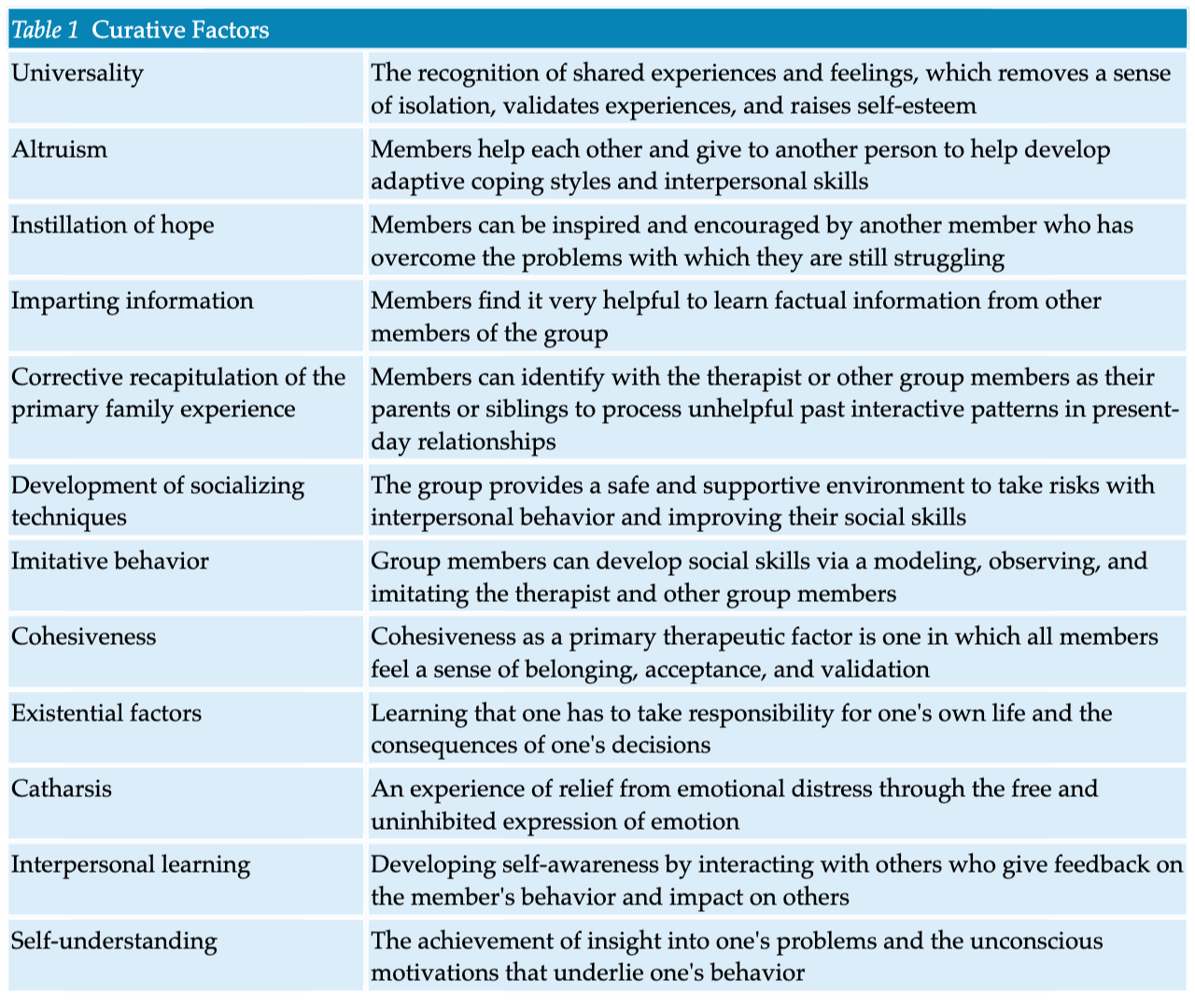
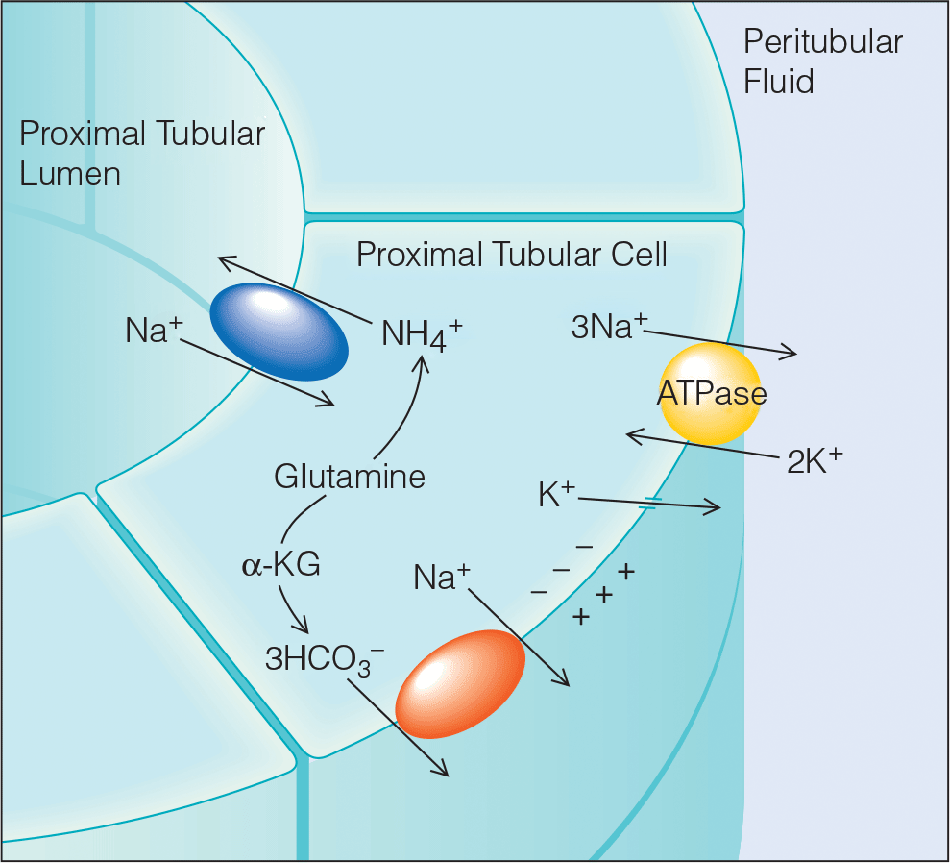
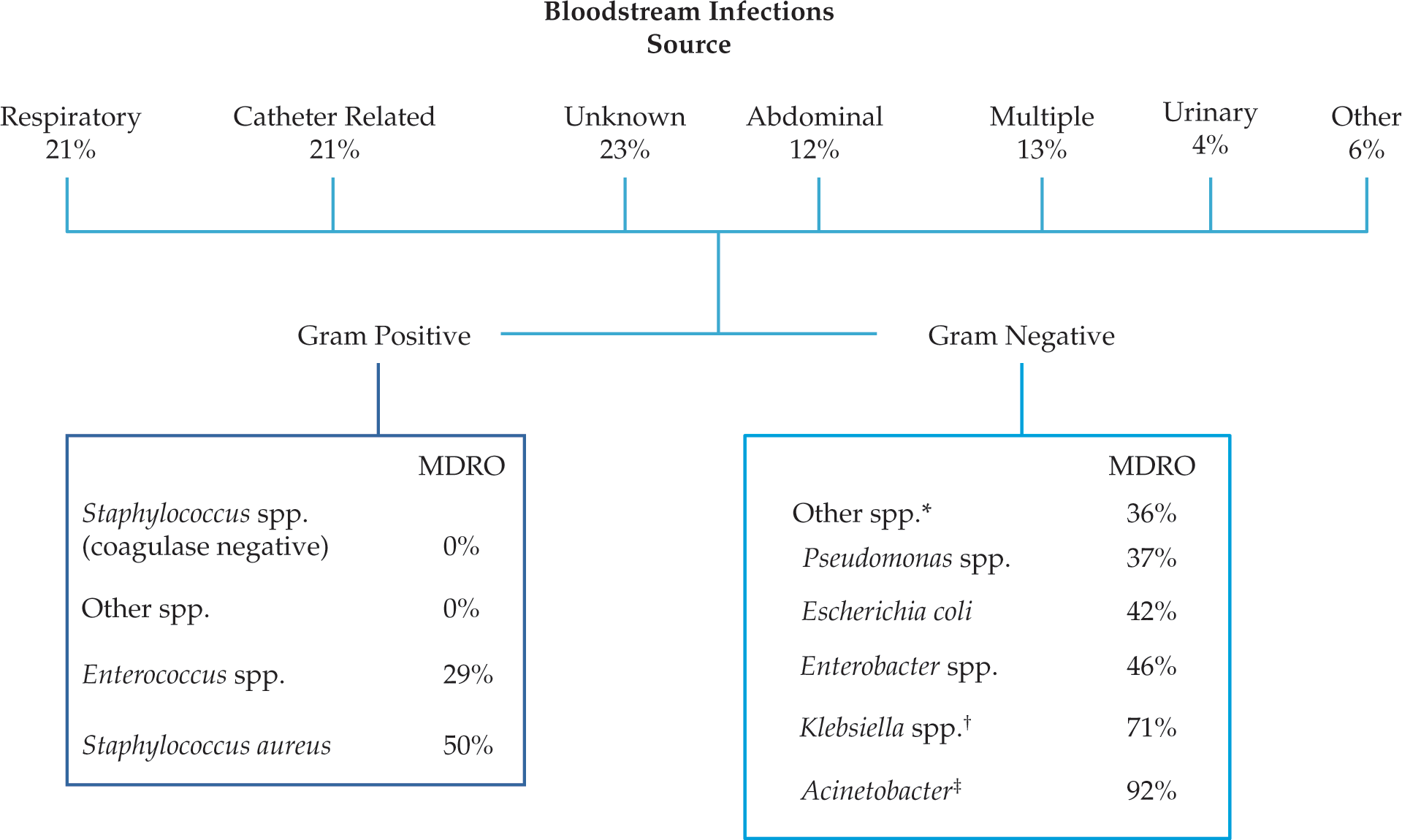
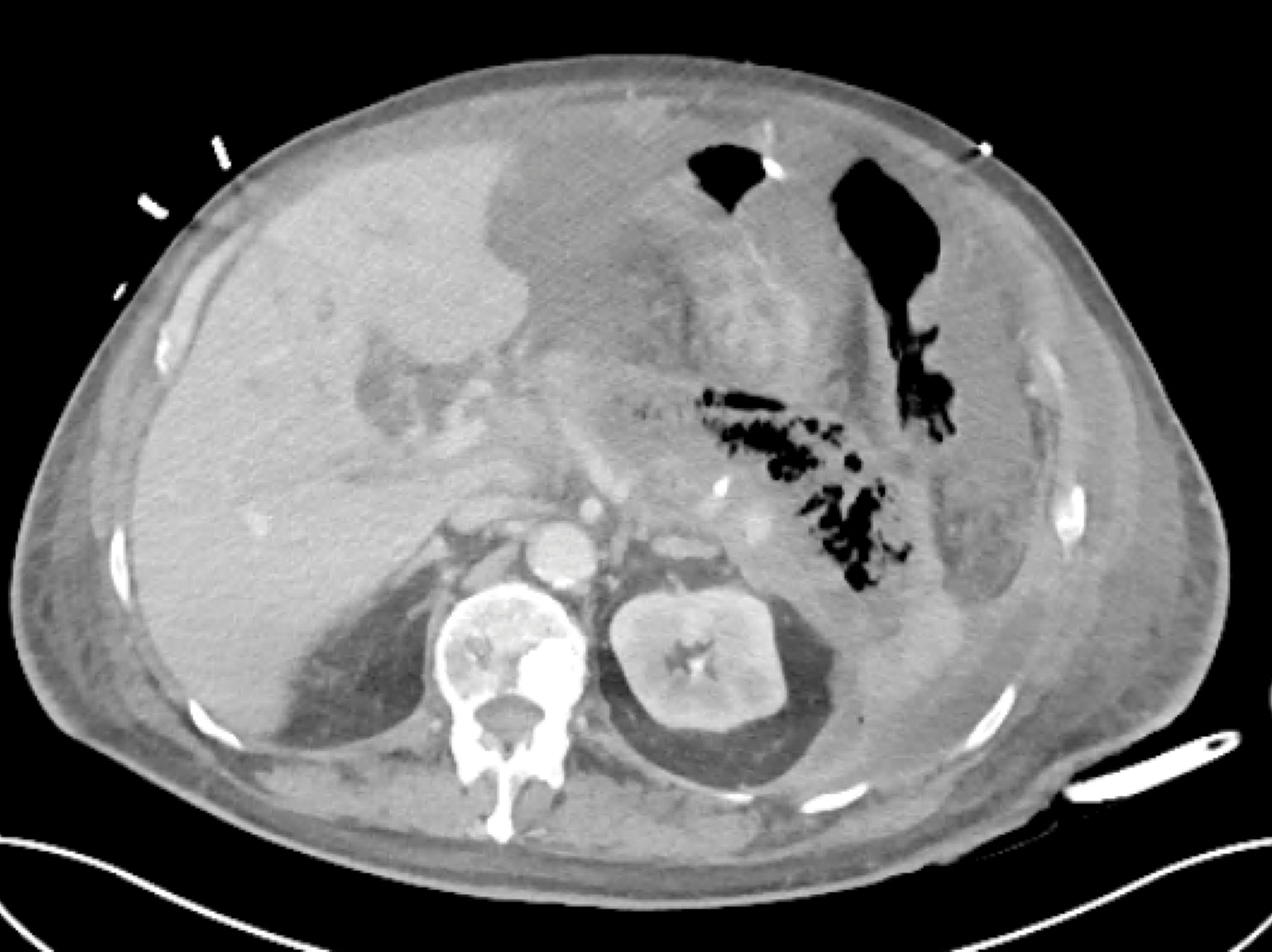


.png)







